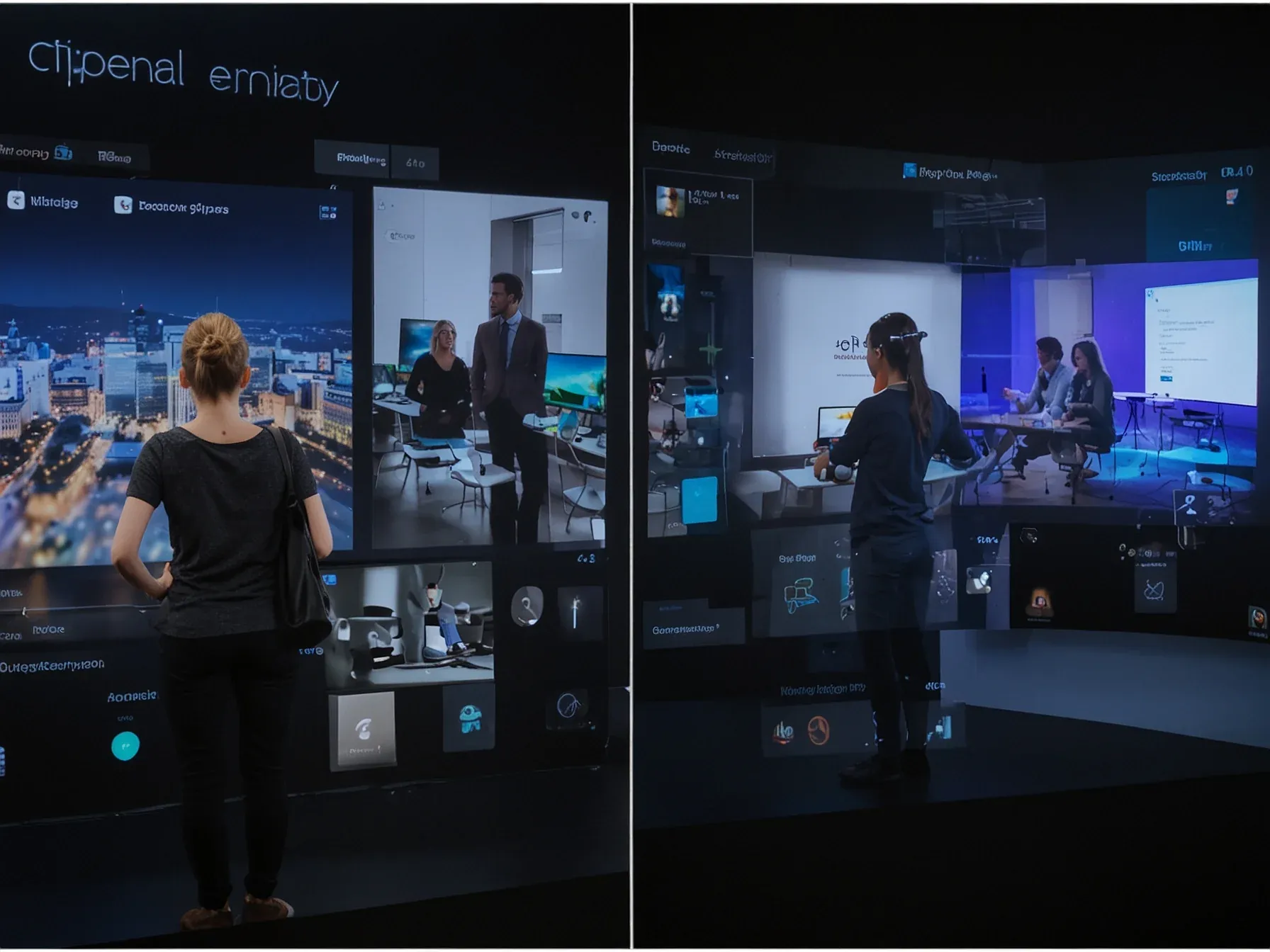
Abacus AI Review: Full‑Stack Apps with Stripe, Live Dashboards, Marketplaces
Abacus AI promises more than a clever code‑writer. In a market flooded with tools that spit out snippets, the platform claims to take you all the way to a live product. The review, originally titled “My Honest Review on Abacus AI: ChatLLM, DeepAgent & Enterprise,” puts the service under a microscope, asking whether its “full‑stack” label holds up when you need Stripe payments, user auth, and a database all wired together.
While the hype around generative models often stops at prototype, the author tests whether Abacus can actually launch a functioning web app, an interactive dashboard that refreshes in real time, or even a two‑sided marketplace with leaderboards for games. The question isn’t just about speed; it’s about whether the output can be handed over to a real‑world audience without a developer stepping in for the final polish. If the platform delivers on those fronts, the distinction between “generating code” and “deploying functional applications” becomes more than a marketing line.
The following points illustrate exactly what that looks like.
Build Real Applications - Full-stack web apps with payment integration (Stripe), databases, and authentication - Interactive dashboards that pull live data - Two-sided marketplaces, mini-SaaS apps, and games with leaderboards - It's not just generating code--it's deploying functional applications Research & Analysis That Goes Deep - Conducts multi-source research with proper citations - Generates specialist-grade reports (market research, financial analysis, academic papers) - Can run DCF models, analyze annual reports, and create investment pitches - Orchestrates "expert dialogues" for complex topics (like having a neuroscientist and philosopher debate consciousness) Automation That Actually Works - Automates job applications from your profile - Runs scheduled browser workflows (login, download invoices, update spreadsheets) - Creates APIs on the fly (invoice intelligence, sentiment analysis) - Handles LinkedIn outreach, email campaigns, and customer support queries - Integrates with Jira, Slack, Gmail, and Google Workspace Content Creation - Builds RAG-powered chatbots from your docs/PDFs - Creates AI videos with lip-sync (seriously impressive) - Generates social media content (reels, posts, trending topic recommendations) - Makes presentations with data visualizations Code & Development - Develops features and raises PRs on GitHub - Reviews code and adds suggestions - Audits repos for vulnerabilities - Works on open-source projects The Architecture (For the Nerds) DeepAgent uses a layered approach: - Perception Layer: Ingests structured/unstructured data - Planning Layer: Generates long-term plans using goal-directed LLMs - Execution Layer: Actually does the work via tools, APIs, and integrations - Memory Layer: Maintains context across sessions - Reinforcement Loop: Learns from outcomes to improve It's genuinely autonomous--you give it a goal, and it figures out the steps, executes them, and learns from the results. Abacus AI Enterprise: The Big League Stuff If you're running a business and need serious AI infrastructure, the Enterprise platform is where Abacus really flexes.
Does Abacus AI deliver on its promise of a full‑stack AI assistant? The review notes that the platform stitches together language, image, voice and video models with the tooling needed to run them, and that it can hook into a user’s own data to automate tasks. It also claims to go beyond code generation, actually deploying functional web apps that include Stripe payment integration, databases and authentication.
Interactive dashboards that pull live data are highlighted, as are two‑sided marketplaces, mini‑SaaS products and games with leaderboards. The author, who has used the service, describes the experience as “kin” to building real applications, suggesting a hands‑on, production‑ready feel. Yet the write‑up stops short of confirming long‑term reliability or how the platform scales under heavy enterprise loads.
While the feature list sounds comprehensive, whether the promised “Super Assistant” lives up to enterprise expectations remains unclear. In short, the tool appears to merge AI model access with deployment pipelines, but further validation would be needed to gauge its practical impact.
Further Reading
- Abacus AI Review: The Ultimate Multi-Model AI Platform for 2025 - Tech Times
- Abacus AI Review 2025: Save 60% On AI Costs - AI InspiredShifter - InspiredShifter
- My Honest Review on Abacus AI: ChatLLM, DeepAgent & Enterprise - KDnuggets
- Abacus.AI in 2025: An Expert's Deep Dive - Skywork.ai
- Abacus AI Review 2025: Pros, Cons & Final Verdict - Deeper Insights - Deeper Insights
Common Questions Answered
Does Abacus AI actually provide full‑stack web apps with Stripe payment integration, databases, and authentication?
Yes, the review confirms that Abacus AI goes beyond code snippets by deploying functional web applications that include Stripe payment processing, a connected database, and built‑in user authentication. These components are bundled together to deliver a complete production‑ready stack.
What types of interactive features does Abacus AI claim to support in its dashboards?
Abacus AI advertises interactive dashboards that pull live data, allowing users to monitor real‑time metrics and adjust parameters on the fly. The platform integrates these dashboards directly into the generated applications, making them more than static reports.
Can Abacus AI be used to build two‑sided marketplaces or mini‑SaaS applications?
According to the article, the service is designed for two‑sided marketplaces, mini‑SaaS products, and even games with leaderboards, providing the necessary back‑end and front‑end infrastructure. This includes handling user roles, transactions, and data persistence required for marketplace dynamics.
How does Abacus AI incorporate multiple AI modalities like language, image, voice, and video into its full‑stack offering?
The review notes that Abacus AI stitches together language, image, voice, and video models with the tooling needed to run them, enabling developers to create multimodal applications. It can also hook into a user’s own data sources to automate tasks across these modalities.




